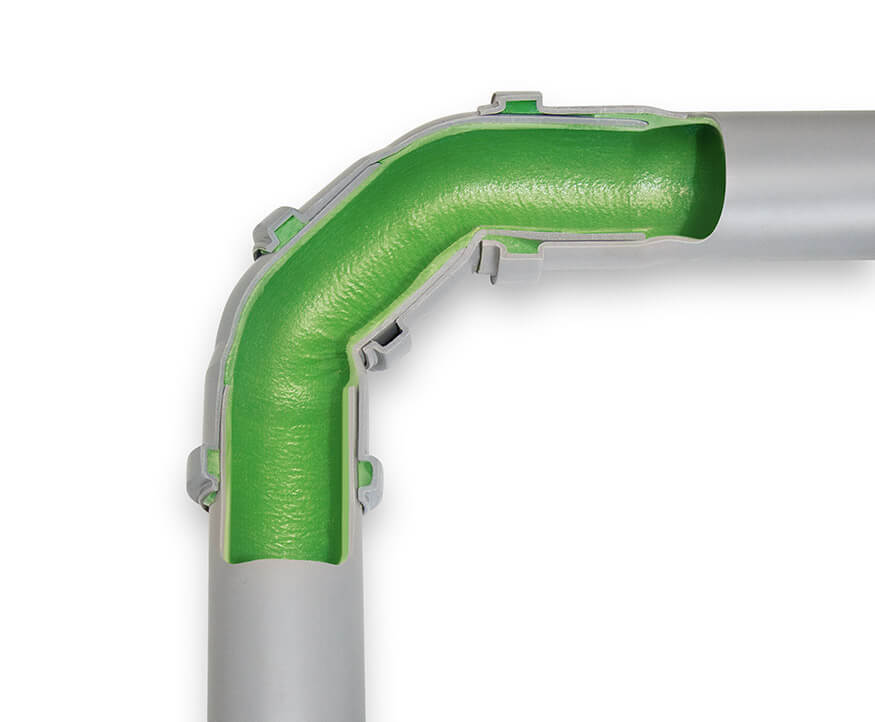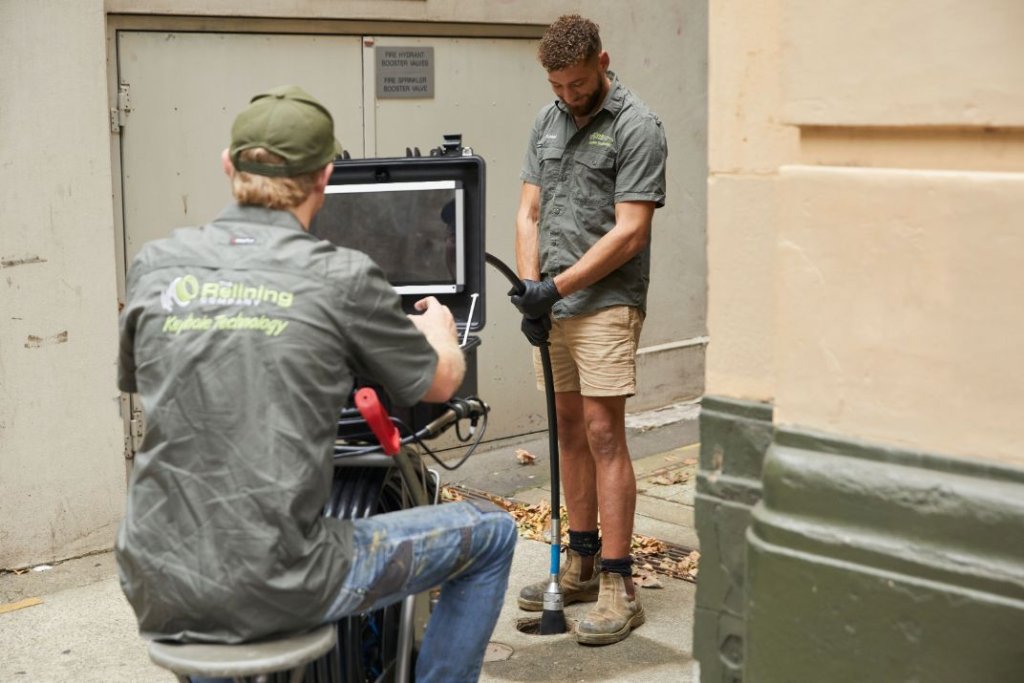Pipes are an essential component of a safe, comfortable, and well-functioning household or business. If you’re experiencing recurring plumbing problems, it’s important to use the right methods and service to fix it.
Unfortunately, many plumbing issues can be traced to cracked and damaged pipes or blocked drains. If this turns out to be the case, it’s worth sorting this problem out sooner rather than later.
Pipe relining is a plumbing specialist’s go-to choice for fixing leaking pipes in residential areas and for repairing large plumbing issues in commercial buildings.
If you’d like to know more about the pipe relining methods your service provider might use, keep reading to learn what pipe relining is, the 3 different pipe relining methods, and how these methods fix blocked pipes.
If you’re wondering which method of pipe relining is best for your situation, the quick answer is that your pipe relining specialist will decide for you.
Before we get into more details of these methods of relining, we’ll look at what pipe relining is.
What is pipe relining?

Pipe relining or sewer pipe relining is a revolutionary method of fixing damaged pipes with an environmentally-friendly, textile liner. The liner is placed inside the existing pipe and sealed with epoxy resin. This repairs any cracks or damages within the pipe line itself.
An easy way to think of it is: A new pipe takes the place of your broken underground pipe lines, damaged stormwater pipe or cracked sewer drain pipe.
Pipe relining is a permanent solution for your damaged pipe. The process uses keyhole technology to repair blockages without digging. Pipe-relining is used for most underground pipe materials, including PVC, Copper, Concrete, Clay, and Steel.
Next, we’ll look at the 3 methods of pipe relining.
3 methods of pipe relining

Not all issues are the same and there are different methods of pipe relining available.
Method 1 – Inversion Method
If you need to repair an entire length of pipe in one procedure, inversion Pipe Relining is best.
It’s a quick, non-invasive way to fix your damaged pipe, which won’t tear up your lawn or require anyone to break through your concrete floors.
Method 2 – Sectional Method
The sectional method fixes only the damaged area of the pipe. This method best suits fewer complex issues, like a single crack.
Even if the damage is far down the pipe, a section of epoxy resin lining can be installed without needing to coat the entire length of the pipe.
Method 3 – Junction Method
There is a whole network of pipes under your home right now, with certain pipes connecting to others. These junctures can also experience damage, which is where the junction method comes in.
Pipes are not something you can really check yourself, so the best way to find out the best method for your situation is to call an expert in to inspect your pipes.
How pipe relining methods can save your blocked pipes

Malfunctioning pipes aren’t any fun for anyone, and they have a range of negative effects on your home including:
- Causing foul odours
- Flooding your property
- Damaging your home through water damage, rot, and mould.
Relined pipes are a permanent, cost-effective solution for your plumbing issues. Not only does pipe-lining fix existing problems, but it can also greatly extend the life of your sewer lines.
Like many problems, it is best to sort out damaged pipes sooner rather than later as severe water damage can be an incredibly expensive issue to fix.
If you’re wondering if this is your responsibility as a homeowner to deal with, read our article on who is responsible for blocked sewer drains.
The Relining Company provides free site inspections and obligation-free quotes so you can have the peace of mind to feel confident with our no dig, no mess pipe relining solutions.
With over 20 years of industry experience saving thousands of homes across greater Sydney, we are here to help.
Back to Top